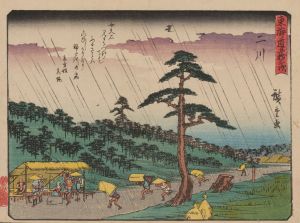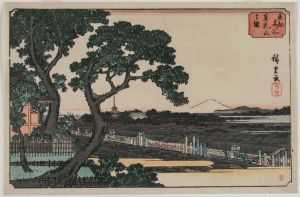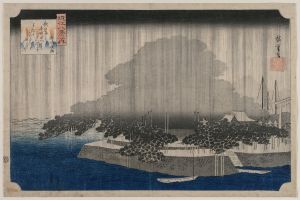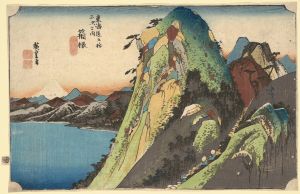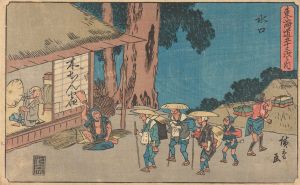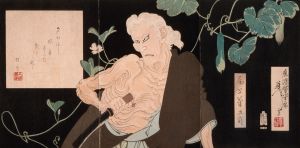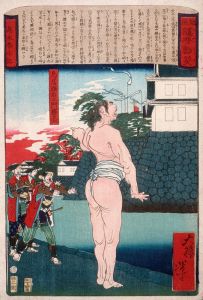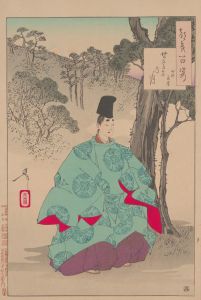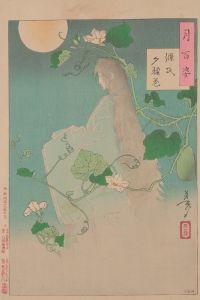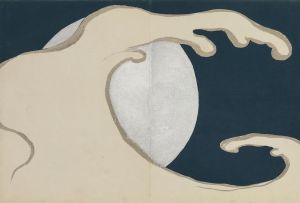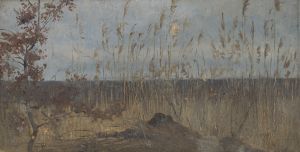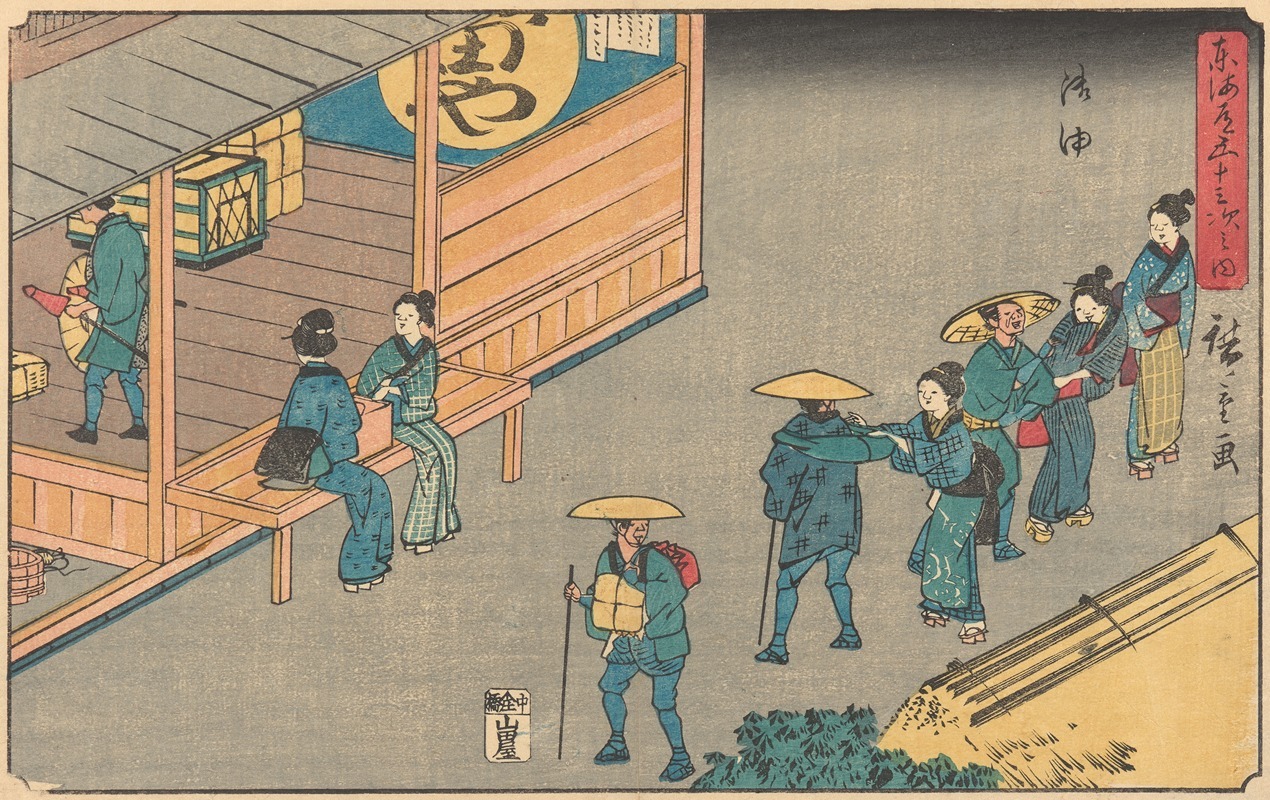
Goyu
A hand-painted replica of Andō Hiroshige’s masterpiece Goyu, meticulously crafted by professional artists to capture the true essence of the original. Each piece is created with museum-quality canvas and rare mineral pigments, carefully painted by experienced artists with delicate brushstrokes and rich, layered colors to perfectly recreate the texture of the original artwork. Unlike machine-printed reproductions, this hand-painted version brings the painting to life, infused with the artist’s emotions and skill in every stroke. Whether for personal collection or home decoration, it instantly elevates the artistic atmosphere of any space.
Andō Hiroshige's "Goyu" is one of the woodblock prints from his renowned series The Fifty-three Stations of the Tōkaidō (Tōkaidō Gojūsan-tsugi no Uchi), which was first published in the 1830s during the Edo period in Japan. This series depicts the 53 post stations along the Tōkaidō road, a major route connecting Edo (modern-day Tokyo) to Kyoto. Hiroshige's work is celebrated for its detailed and atmospheric portrayal of landscapes, daily life, and travel during this period.
The "Goyu" print specifically represents the Goyu-juku, the 35th station along the Tōkaidō. Goyu-juku was located in present-day Toyokawa City in Aichi Prefecture. This station was historically significant as a bustling post town where travelers could rest, eat, and prepare for the next leg of their journey. Hiroshige's depiction of Goyu is notable for its lively and humorous portrayal of the town's atmosphere. The print shows a group of women, likely inn workers or local vendors, playfully accosting male travelers, a scene that reflects the town's reputation for its assertive and competitive service industry. The exaggerated gestures and dynamic composition add a sense of movement and vitality to the artwork.
Hiroshige's Tōkaidō series was created using the traditional ukiyo-e woodblock printing technique, which involved collaboration between the artist, carvers, printers, and publishers. The series became immensely popular in its time and remains one of the most iconic representations of Japanese art and culture. Hiroshige's ability to capture both the natural beauty and human activity along the Tōkaidō road contributed to his lasting legacy as one of Japan's greatest ukiyo-e artists.
The "Goyu" print, like others in the series, provides valuable insight into the social and cultural dynamics of the Edo period. It also exemplifies Hiroshige's skill in blending humor, observation, and artistic technique to create works that resonate with viewers across time.





